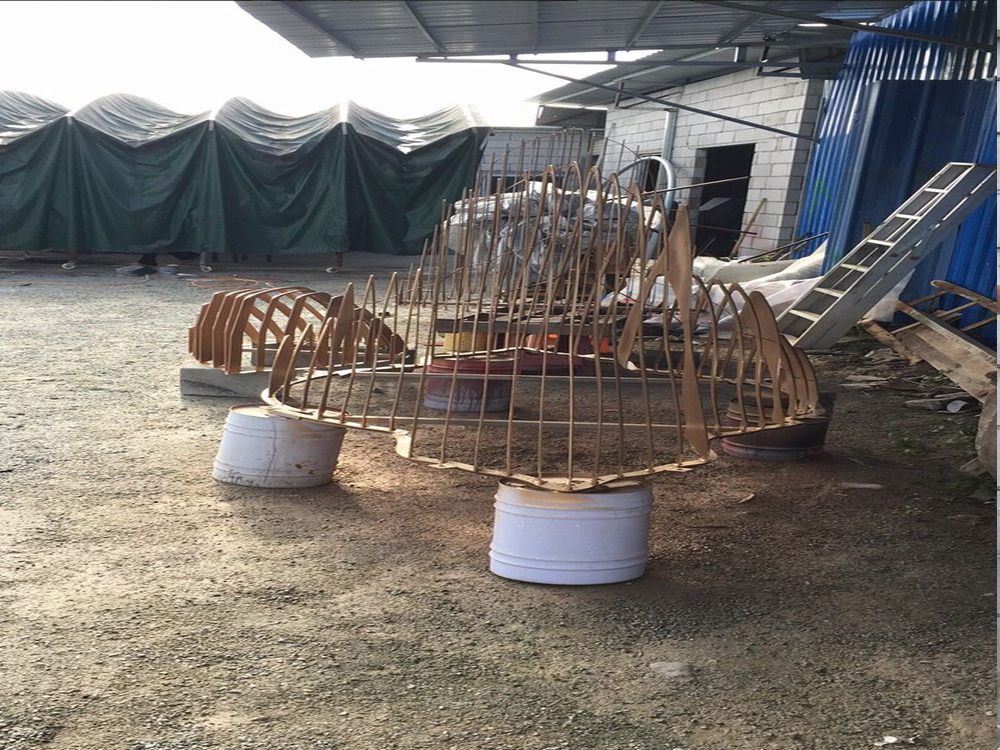
In the evolving world of contemporary art, porcelain sculptures are no longer static objects but dynamic creations that interact with their environment and viewers. Artists are increasingly incorporating biometric and responsive technologies to breathe life into these delicate ceramic pieces. By embedding sensors, microcontrollers, and even AI-driven systems, they transform traditional porcelain into interactive art that responds to touch, movement, or physiological signals like heartbeat and temperature.
One innovative approach involves using capacitive touch sensors beneath the porcelain surface, allowing the sculpture to react when touched. For instance, a piece might change color or emit sound based on the viewer's proximity or contact. Other artists integrate biometric data, such as pulse or breath rate, collected via wearable devices, to alter the sculpture's form or lighting in real time.
Advanced techniques include 3D-printed porcelain combined with embedded electronics, enabling intricate designs that fuse artistry with technology. These responsive sculptures often challenge perceptions of ceramics as fragile and unchanging, instead showcasing their potential as mediums for cutting-edge, interactive experiences.
As technology advances, the boundaries of porcelain art continue to expand, offering endless possibilities for creators to explore the intersection of tradition and innovation.

